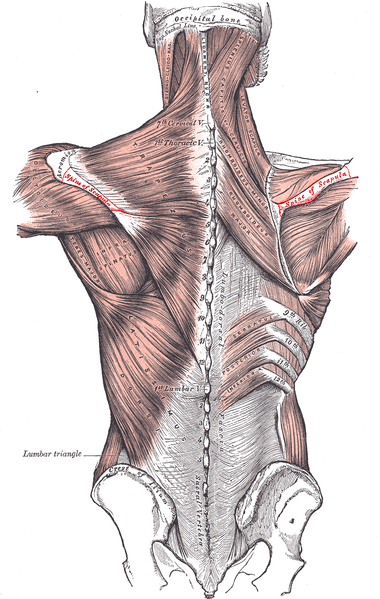It’s true that a handful of back pain dilemmas arise from notably bad posture, a poor or inadequate diet, bad sleeping habits or even using bad form while exercising. Unfortunately, the average individual is not qualified to properly diagnose these problems, which can often prove to be fatal down the road.
It may be wise to consult a Chiropractor at this stage; an expert who can provide extensive knowhow and diagnoses into each and every kind of back-related issue. This article aims to prepare you somewhat, so you know some of the things to expect when you visit a Chiropractor for the first time.
In the event that your back pain turns out to be more serious than just symptoms of discomfort or overuse, here’s how a Chiropractor would generally diagnose causes:
Potentially Serious
This can range from conditions like tumors, infections, a local open wound or burn to major neurological problems such as cauda equina – a rare but serious condition nevertheless that’s best described as extreme pressure and swelling of the nerves at the lower tip of the spinal cord. This is considered a serious medical emergency and may need urgent surgical attention.
Other conditions in this category include prolonged internal bleeding and joint infection.
Nerve Problem
In cases where the nerve root in the lower back is compressed or pinched, you experience sciatica. One of the typical causes of this condition is a lumbar herniated disc or spinal stenosis – with age, the general makeup of the spine often changes, leading to degeneration of the bones, muscles, ligaments and discs surrounding the spinal cord. A common symptom of this condition is leg pain. This pain is often accompanied by a tingling sensation in the buttocks and legs.
Non-Specific
This can be categorized as “mechanical back pain” in the lumbar region; also known as axial back pain, this is categorized as either a sharp or dull pain and can be either felt intermittently or constantly. It’s referred to as mechanical since the lower back pain can get worse with certain physical movements such as sports. Or symptoms can worsen as a result of sitting long hours for example. This is also a common type of back pain and is typically non-specific.




